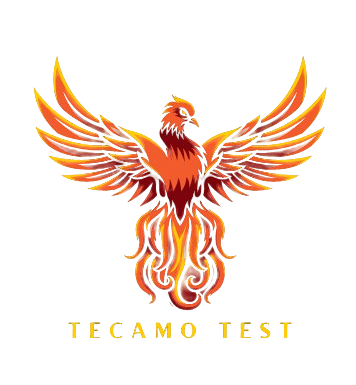Concealed Gatecrashers: Investigating the Universe of Woodworms
Woodworms, apparently immaterial yet significantly disastrous, quietly undermine the uprightness of wooden designs and curios around the world. These hatchlings, brought forth from different wood-exhausting creepy crawlies, have an uncanny capacity to burrow through wood, consuming cellulose and possibly causing broad harm over the long haul. We should dive further into the mind boggling universe of woodworms to get a handle on their propensities, influence, counteraction, treatment, and more extensive ramifications.
Grasping Woodworms
Woodworms address the larval phase of assorted wood-exhausting bugs. Eggs laid inside or upon wood surfaces hatch into hatchlings that passage through the wood strands as they feed. This burrowing movement makes organizations of displays, compromising the underlying strength of the wood.
Distinguishing Indications of Invasion
Early recognition of woodworm pervasions is https://www.shashel.eu/carcoma critical to alleviate harm. Key markers include:
Leave Openings: Little, roundabout openings (regularly 1-2mm in distance across) on the wood surface, left by grown-up bugs arising out of pupation.
Frass: Fine, fine residue found close to leave openings, comprising of wood particles and feces removed by the hatchlings.
Feeble or Disintegrating Wood: Especially recognizable in sodden or inadequately ventilated regions, flagging dynamic woodworm movement and possible underlying split the difference.
Normal Kinds of Woodworms
A few types of wood-exhausting creepy crawlies add to pervasions, each with unmistakable inclinations for wood types and natural circumstances:
Normal Furniture Bug (Anobium punctatum): Frequently tracked down in wooden furnishings and primary lumbers.
House Longhorn Bug (Hylotrupes bajulus): Lean towards softwoods and can cause broad harm, especially in development woods.
Deathwatch Bug (Xestobium rufovillosum): Known for overrunning hardwoods, including authentic designs where its presence generally flagged looming demise.
Understanding these species helps tailor compelling avoidance and treatment procedures.
Counteraction and Treatment
Forestalling woodworm pervasions includes proactive measures:
Dampness The board: Guaranteeing wood stays dry and very much ventilated to put insect movement down.
Surface Medicines: Applying stains, paints, or wood additives to make a defensive hindrance against egg-laying bugs.
Normal Examination: Routine checks of wooden designs and furniture for indications of invasion are significant for early mediation.
Proficient treatment might be essential assuming a pervasion is recognized, normally including designated substance medicines or fumigation to kill hatchlings and forestall further decay.
Social and Authentic Effect
Woodworms represent a huge danger to social relics and verifiable structures, where conservation endeavors are fundamental to keep up with primary trustworthiness and authentic genuineness. Protection systems frequently incorporate observing for woodworm action and carrying out preventive measures to defend these indispensable fortunes.
End
In spite of their little size, woodworms use significant damaging potential against wooden designs and antiques. By appreciating their life cycles, perceiving indications of pervasion, and sending compelling avoidance and treatment conventions, we can protect wooden things from these secretive aggressors. Through cautious conservation endeavors, we guarantee that our wooden legacy perseveres, protecting the two its actual flexibility and social importance for people in the future.
